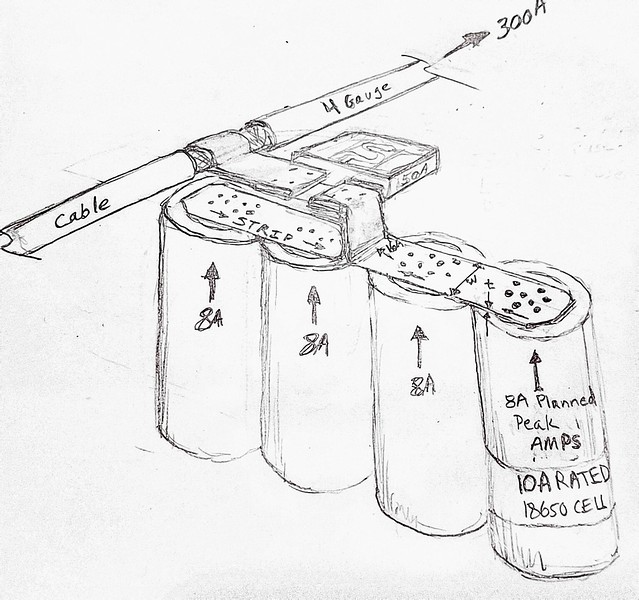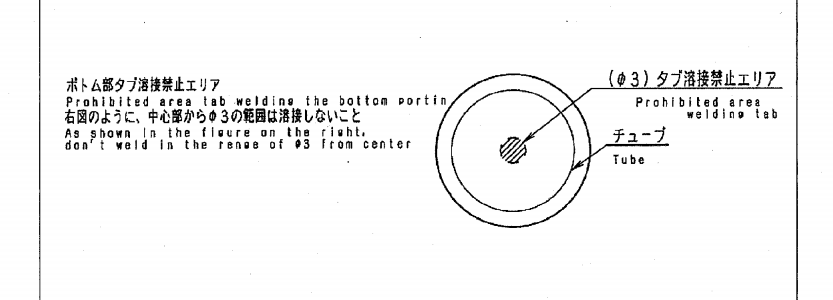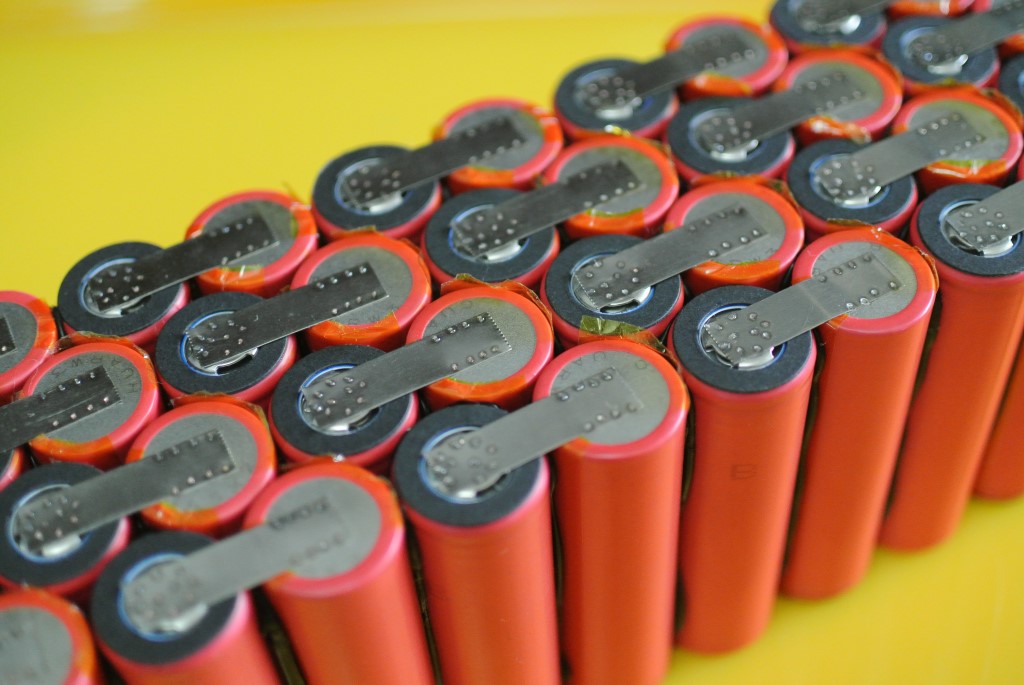mkp007 said:
Thanks Matador. That was my thought too. I did find a rather inexpensive source for 0.2mm Nickel foil.
https://www.aliexpress.com/item/99-...mm-width-200mm-length-1500mm/32475681711.html
I think shearing to the width needed (10mm, 12mm, etc.) is the way to go. I think a paper cutter would do the trick.
Nickel foil is a good idea...
But wow ! 138.88 USD (and there's the shipping fees too) is actually kind of expensive in my opinion, isn't it ?
I mean 0.2 mm (thick) x 200 mm (width) x 1500 mm (long) is actually 60 cubic-centimeter in volume... That's 60 mL volume of metal... Nickel has a density of 8.908 g/mL, meaning that the 60 mL translate to 534.5 grams of Nickel.
So at 138.88 USD/534.5 grams of Nickel, you pay
0.26 USD per gram of Nickel.
In Canada, Nickel coins made between 1955 and 1981 where 99.9% pure nickel... They cost only 5 cents and are 4.54 grams weight (https://en.wikipedia.org/wiki/Nickel_(Canadian_coin)), Now thats just
0.01 $ per gram (and CAD is worth less than USD).
So more than 26 times what it's worth in raw material. I understand you pay premium for the sheet shape formation of the material.... But personally I'd prefer copper sheets for less money AND better conductivity.
mkp007 said:
I like the idea of Ni plated copper foil. I used to work for a composites company and we made plated waveguides. Adding a Ni strike over copper was common. But that was fresh copper in a bath-to-bath process. If you take copper foil, I think you would need to do an acid etch first to remove any corrosion to make sure the Ni remains adhered to the copper.
I'm actually a little surprised that Ni plated copper foil isn't readily available and Ni plated steel is. Cost of Cu vs Ni foil is about 1/20th (ref. McMaster-Carr) so Ni plated copper would likely be less than Ni foil. There is a good plating facility near my shop. Maybe I'll bring a couple copper sheets over to them to see what they can do.
I'm also very surprised that they don't sell Nickel-plated Copper... I have good hopes that it will become available on the market once people realise that that's what we really need for our batteries. Once people become sensibilized to this resistance issue, they won't be satisfied with bare nickel (strips or sheets).
They will require Nickel-plated Copper as a gold-standard of quality. Then as the demand grows, the offer will follow... And the Nickel-Plated COPPER sheets or strips will become widely and readily available to the wide market.
You're right about the Acid Etch... I managed to Nickel-Plate Copper on small scale with good results, just using 99.9% made Nickel-coins (see here for photos : https://endless-sphere.com/forums/viewtopic.php?f=14&t=60364&start=25#p1235640). I didn't have any strong acid like hydrochloric acid to do the etch (so I sanded smooth my copper pieces with different grits up to 2000 grit wet sanding before plating).
mkp007 said:
Is 0.25mm copper foil difficult to spot weld using the lower cost spot welders?
I have no clue... I have no experience with spot welding.... My battery build prototype is solderless... (se here : https://endless-sphere.com/forums/viewtopic.php?f=14&t=57810&start=150#p1213147)
But I'd love to know if somebody on this forum has experience with Copper spot-welding.
I'm currently playing with and planning to rewire a MOT (Microwave oven-transformer)... Maybe I'll turn it into a spot-welder

But for now I just pulled out the old secondary (2350 Volts AC) and repainted the ferrous core in black... Looks cool :




![IMG_0541[1].JPG](/sphere/data/attachments/110/110332-4ffa35d67b4998ad523c5086e2ea3c1f.jpg)


